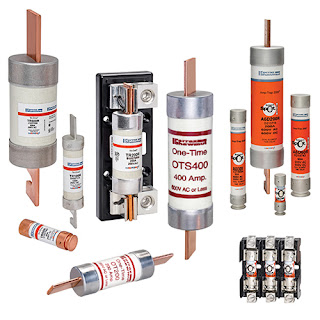V-Cone Meter Has Built-In Flow Conditioning
At the same time, the self-conditioning flow design of the V-Cone eliminates most of the straight-pipe requirements typically needed with many flowmeter technologies by controlling swirl and other flow disturbances in the pipe that affect measurement accuracy. McCrometer said the V-Cone is accurate to +0.5 per cent with a repeatability of +0.1 per cent, and requires only 0-3 straight diameters upstream and 0-1 diameters downstream from the meter. Many other types of flow meters require as many as 10 pipe straight diameters upstream and five pipe diameters downstream from the meter.
The company claimed that, in today's crowded campus district energy equipment environments, the V-Cone typically reduces real estate, piping material, associated pipe support structure and installation labour by 50 per cent or more. With the V-Cone, larger line sizes mean larger savings, according to McCrometer. The V-Cone flow meter features built in flow-conditioning and advanced differential pressure (DP) technologies. Operating over a wide flow range, the V-Cone supports line sizes from 0.5-120in. It can be installed virtually anywhere in a new campus district energy piping system or be easily retrofitted into an existing piping layout.
McCrometer claimed that because the flow-conditioning function is built-into the basic instrument, the V-Cone flow meter's design is inherently more accurate than traditional DP instruments such as orifice plates and venture tubes. The V-Cone conditions fluid flow to provide a stable flow profile that increases accuracy. It features a centrally-located cone inside a tube. The cone interacts with the fluid flow and reshapes the velocity profile to create a lower pressure region immediately downstream. The V-Cone features two pressure-sensing taps to measure the pressure difference that is exhibited between the static line pressure and the low pressure created downstream of the cone. One tap is placed slightly upstream of the cone and the other is located in the downstream face of the cone itself.
The pressure difference can then be incorporated into a derivation of the Bernoulli equation to determine the fluid flow rate. The velocity of the liquid flow at the point of measurement is optimised by the central position of the cone in the line. It forms very short vortices as the flow passes the cone. These short vortices create a low-amplitude, high-frequency signal for good signal stability. The result is a highly stable flow profile that is repeatable for continuously accurate flow measurement.


Comments